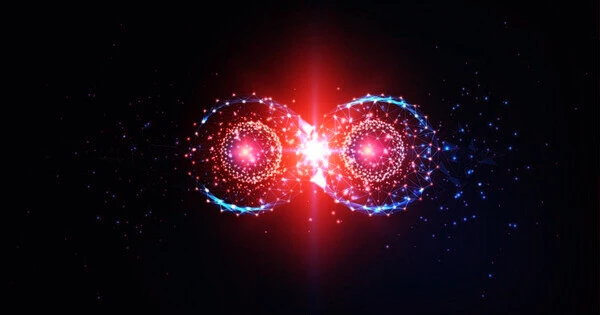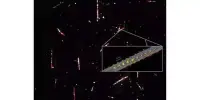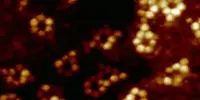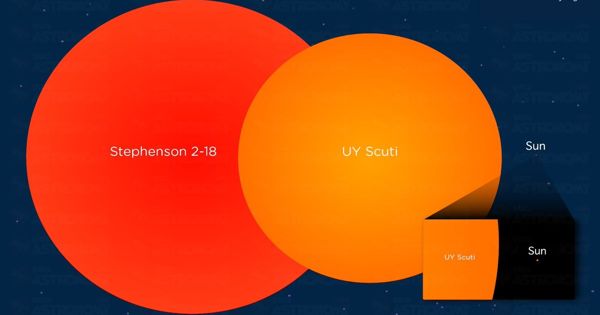Quantum technology and research are creating a slew of new possibilities and opportunities. One of these possibilities involves communication speed, prompting experts to wonder if quantum communication can be faster than the speed of light.
While quantum computers provide many novel possibilities, they also pose a risk to internet security because these supercomputers render common encryption methods vulnerable. Researchers at TU Darmstadt have created a new, tap-proof communication network based on so-called quantum key distribution.
The new system is used to exchange symmetric keys between parties in order to encrypt messages so that they cannot be read by third parties. The researchers, led by physics professor Thomas Walther, succeeded in operating a quantum network that is scalable in terms of the number of users while remaining robust without the need for trusted nodes in collaboration with Deutsche Telekom. In the future, such systems could protect critical infrastructure from the growing threat of cyberattacks. Tap-proof connections could also be installed between different government sites in larger cities.
In a field test conducted in collaboration with Deutsche Telekom Technik GmbH, the transmission’s high stability and scalability were successfully demonstrated. The researchers at TU Darmstadt intend to connect other buildings in the city to their system as a next step.
Professor Thomas Walther
The Darmstadt researchers’ system enables so-called quantum key exchange, which provides a common random number to multiple parties in a star-shaped network. Individual light quanta, known as photons, are distributed to communication network users in order to compute the random number and thus the digital key. These keys are especially secure due to quantum physical effects. Communication is particularly well-protected in this manner, and existing eavesdropping attacks can be detected.
Until now, such quantum key methods have been technically complex and susceptible to outside influences. The Darmstadt group’s system from the Collaborative Research Center CROSSING is based on a unique protocol. The system distributes photons from a central source to all network users and secures the quantum keys using the effect of so-called quantum entanglement. This quantum-physical effect creates correlations between two light particles that can be seen even when they are far apart. A property of the light particle from a pair can be used to predict the property of the partner particle.

Polarization is frequently used as a property, but it is frequently disturbed in transmission glass fibers due to environmental influences such as vibrations or small temperature changes. The Darmstadt system, on the other hand, employs a protocol in which quantum information is encoded in the phase and arrival time of photons, making it particularly resistant to such disturbances. Using this robust protocol, the group was able to provide quantum keys to a network of users for the first time.
Nevertheless, research continues on this subject and some physicists believe that faster-than-light communication might be possible with some intricate manipulation of entangled particles. For now, we know that the interaction between entangled quantum particles is faster than the speed of light. In fact, Chinese physicists have measured the speed. We know that quantum entanglement can be used to realize quantum teleportation experimentally.
Entanglement has been shown to have applications in the emerging technologies of quantum computing and quantum cryptography. A quantum internet is becoming more feasible with the development of a fiber optic network capable of carrying both conventional and quantum data. The real challenge will be communicating data via quantum entanglement – at which point we may be able to communicate faster than the speed of light.
In a field test conducted in collaboration with Deutsche Telekom Technik GmbH, the transmission’s high stability and scalability were successfully demonstrated. The researchers at TU Darmstadt intend to connect other buildings in the city to their system as a next step.
At this point, we are confident that quantum computers will be able to do amazing things, solving complex problems infinitely faster than classical computers. This has significant implications for a wide range of fields, from weather prediction to medical research and the development of Artificial Intelligence, not to mention the already known impact on cybersecurity and the ability to break current encryption methods. But, are quantum communications faster than the speed of light? It’s a great question. If the answer is “yes,” the door will be opened to even more possibilities, such as communication in space.
















